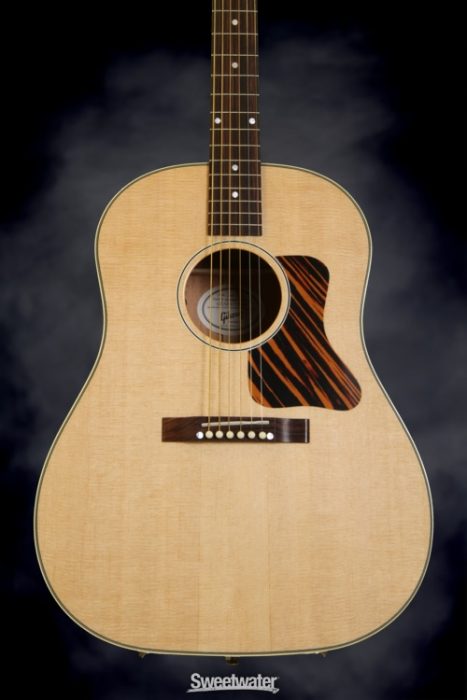
A public service announcement from your friends at Sweetwater: There are two things that are certain right now: It’s winter and it is really cold outside! The extremely low temperatures that a large portion of the country has been experiencing can be a problem for stringed instruments and specifically lacquer-finished stringed instruments. It’s best to allow any stringed instrument (including guitars, basses, mandolins, ukeleles, etc.) to acclimate before removing it from its case when it is transitioning from extremely cold temperatures into a warmer environment. This means when you come home from a gig, when your instrument leaves the truck into the venue, when a shipped guitar arrives, and so on — any time the instrument has reached a low temperature and will be coming into someplace warm.
Acclimation time depends on how cold the instrument has become, but waiting four to six hours is a good benchmark — some players prefer to be even more conservative and to wait overnight. Waiting lets the instrument warm slowly, allowing the materials in the instrument to adjust (expand and contract as the temperature changes) gradually. This is especially true for a lacquer finish, which can crack if it is exposed to a rapid temperature change.
Note that damage to stringed instruments resulting from exposure to extreme temperatures or low humidity is generally not covered under warranty.


